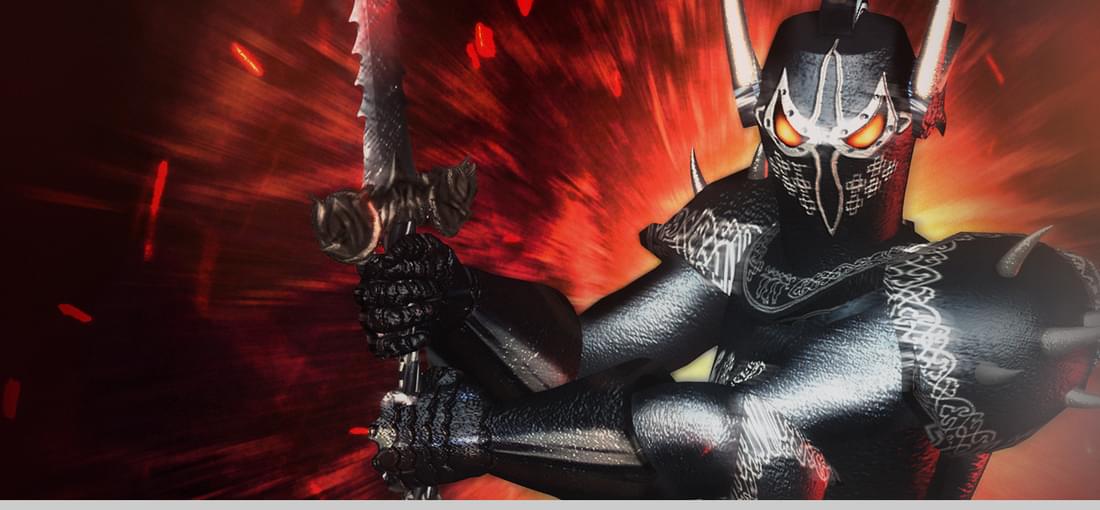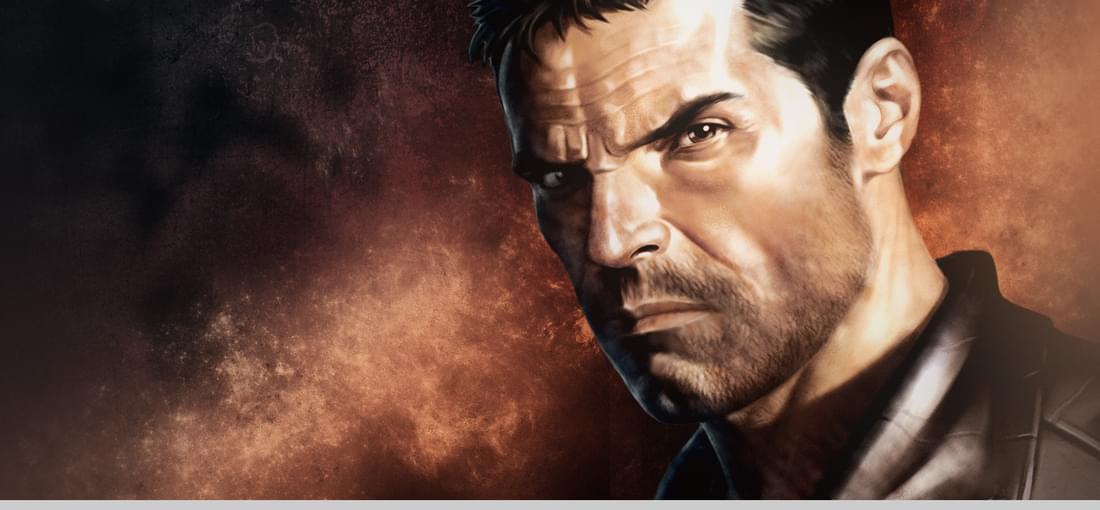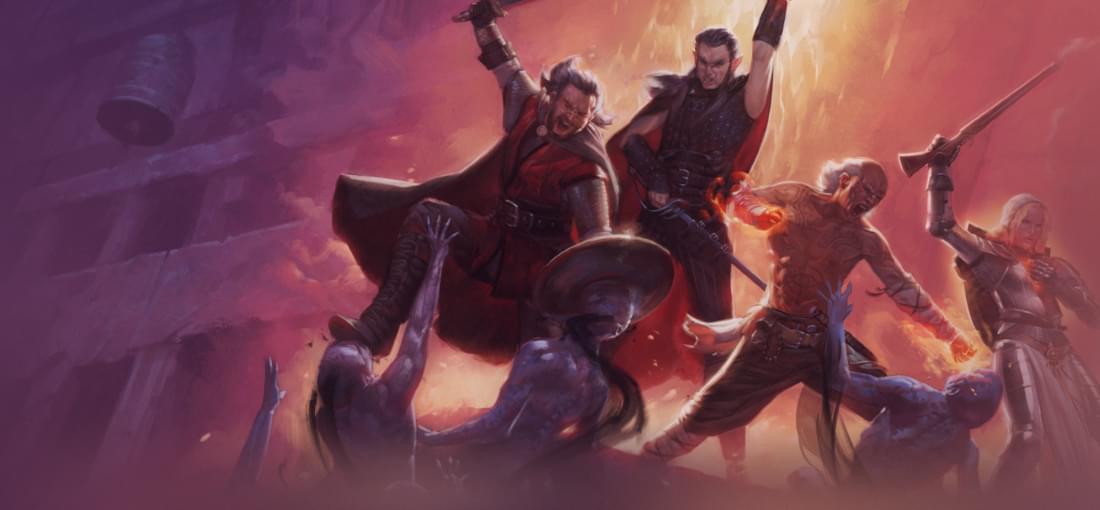


On the surface Divine Divinity takes obvious cue from Diablo 1/2, but don't be fooled! While there are large swords-blazing combat areas, most of the gameplay consists of talking to NPCs and quest solving. The combat itself is dictated by the skill set of the character, and here is another surprise, the skill tree is completely flat, i.e. all skills are readily available for any character class if the level-cap requirement is met. So you can start of as a warrior but venture into rouge skills, than wait for that one OP high-level mage skill to become available, and dump points into it. The next thing you know - now you are a battle mage! A neat feature which also sets this game apart from Diablo-clones is the interactivity of items and game world. It doesn't reach the level of Ultima 7 but it's obvious that the devs originally aimed for that example. Every game has its' flaws and Divine Divinity is no exception. The story is full of cliches, the pacing of the main quest feels somewhat inconsistent, some combat skills are OP to a point of being game-braking, while others are either completely worthless, or have a better in every way alternative... and another thing, maybe that's just me, but this take on isometric perspective took a really long time to get used to. Interestingly, Divine Divinity has another similarity with Ultima 7 - the successors of both games (Beyond Divinity and Ultima 8) both explore the notion of the character being trapped in a demonic realm and both are considered to be far surpassed by their predecessors.

The key difference in Painkiller's gameplay compared to classic 90s FPS is interacting with levels. Levels in DooM, Quake, Hexen, Duke 3d, Blood and others, were not just arenas for slaughter. They were a labyrinth to be explored. In Painkiller there is no labyrinth, only the Minotaur... actually 20 minotaurs, and medusas, and harpies, and hydras ... all on the same arena, charging right at you. There are no keycards, no messages "this door is opened elsewhere", no exploration of your environment. Yes, some levels are not linear at all and have quite a number of secrets to be found, but forcing a player into a closed arena with monsters to kill every single time changes the feeling of the game significantly. This is why I don't agree when people are comparing Painkiller to Quake, DooM or Hexen. Yes, you can bunnyhop (which wasn't even a part of original single player Quake, I believe this started in Quake world). Yes, the visual and sound design is demonic and medieval/mystic. But the basic gameplay formula is different. The Quake of 2005? More like Serious Sam of 2005. If this sounds fine, play this game. After all, it is good at what it does. 3.7 / 5

The review is based on my experience after the 'White March' update. The visuals are nice, the music, sound and voice acting is nice. The content is vast especially with the expansions. New classes are nice. The options and tweaks are there that help to set everything the way you want. I mean, details such as 'colorblind mode' or end credits scroll speed counter really shows that the devs care. Gameplay mechanics are nice, the ones worth mentioning: new health and rest systems, inventory system, no cheesy pre-battle buffs. This is a very solid game, and considering the niche sub-genre it's pretty much a mustplay for lovers of classic cRPGs. It's good enough for an adult man to want to find time to put 70 hours into a playthrough.